Home > Climate News >

Air quality effects of urban trees and parks
Trees—and urban trees in particular—provide enormous benefits. For starters, they’re responsible for producing oxygen and removing CO2 and other pollutants from the air. Urban forests in the U.S. remove an estimated 75,000 tons of air pollution per year. They reduce the impact of falling rain and encourage that water to soak into the ground, reducing flooding and erosion as well as preventing pollution from entering waterways…
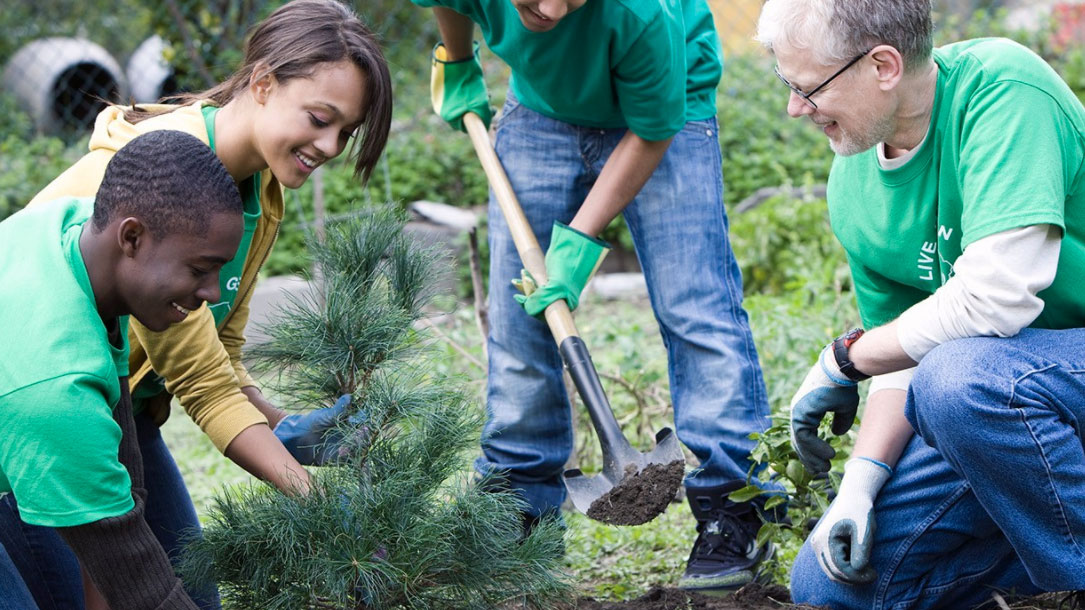
Using urban forestry to fight for environmental justice
Trees—and urban trees in particular—provide enormous benefits. For starters, they’re responsible for producing oxygen and removing CO2 and other pollutants from the air. Urban forests in the U.S. remove an estimated 75,000 tons of air pollution per year. They reduce the impact of falling rain and encourage that water to soak into the ground, reducing flooding and erosion as well as preventing pollution from entering waterways…
The U.S. Forest Service estimates that trees reduce the energy consumption needed to cool homes in the U.S. by more than seven percent…

The future of birds in our national parks
Audubon scientists have teamed up with colleagues from the National Park Service to look at how the accelerating change in climate will affect the birdlife in 274 National Park Service properties. Detailed reports for every park list birds for which the climatic conditions will be getting better or worse or staying the same. The reports also predict some species that might disappear from each park and others that could move in.
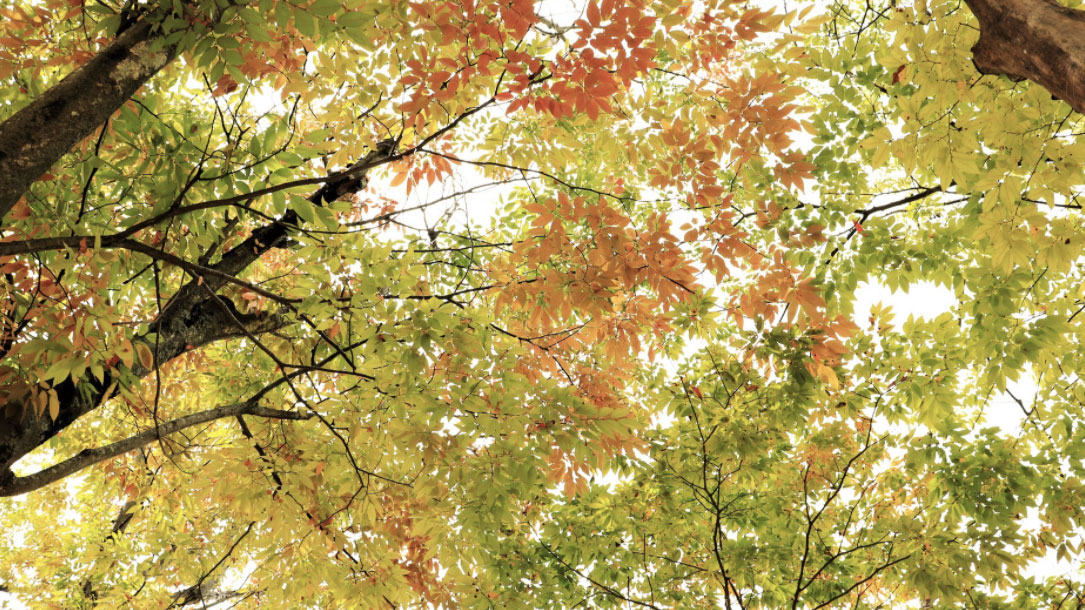
Challenges to the reforestation pipeline in the United States
To accelerate reforestation, the entire “pipeline” for tree planting (i.e., seeds, nurseries, outplanting, and post-planting activities) would need to be scaled up, including seed collection and storage, nursery production, outplanting, and post-planting treatment and monitoring. Thus, identifying regional limitations and potential solutions is necessary for reforestation to be deployed at scale.
Based on an estimate of reforestable land, a survey of nursery managers, a survey of foresters, and a synthesis of the available literature, we estimated how many seedlings would be required, compared that to current production, examined where potential limitations exist in the reforestation pipeline, and offered some potential solutions to projected limitations…

Natural climate solutions
In short, it’s time for us to realize that this energy work is core to our conservation mission—perhaps as much or more so right now as invasive species. Check out this informational graph, and the scientific article, linked.

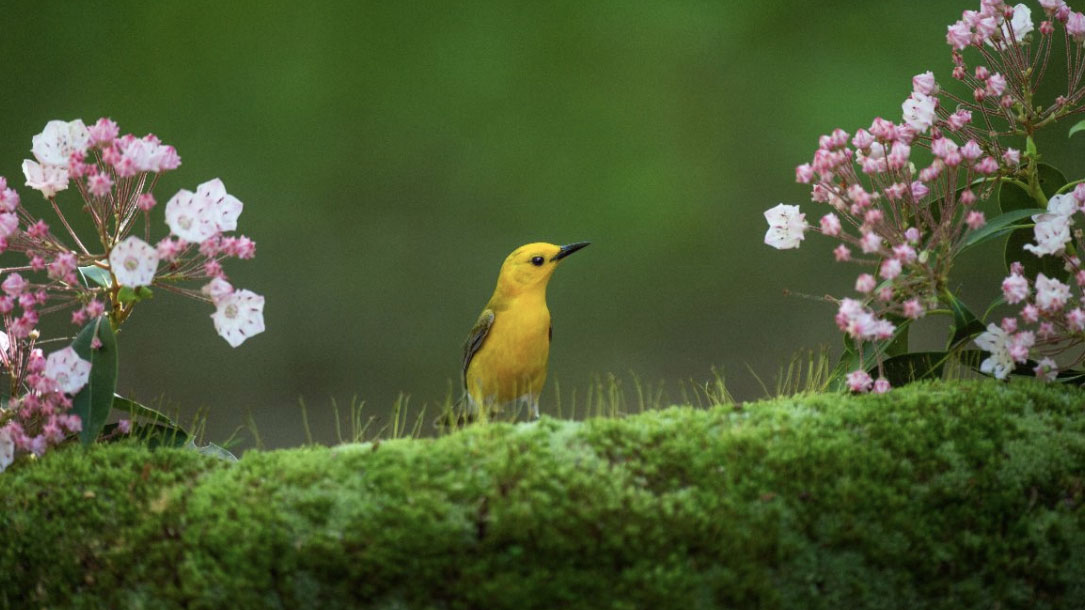
$5.25 million fund launched for land conservation and climate change in the [southeast] region
Open Space Institute’s (OSI) conservation support within the Cradle of Southern Appalachia focus area will bolster the work of the Thrive Regional Partnership’s Natural Treasures Alliance. With the region’s population expected to double by mid-century, and recognizing that economic health is inextricably linked to preserving intact natural systems, the Alliance calls for the protection of a million additional acres of the area’s forestland over the next several decades. The resulting lands will be protected for climate, recreation, clean water, and quality of life.
To expand the impact of the Fund, OSI is also turning to organizations such as American Forests, The Nature Conservancy, and the Land Trust Alliance, to share expertise, amplify efforts, and coordinate the Fund’s investments. OSI is also collaborating with eastern Climate Alliance states, a growing coalition of 25 states committed to achieving emissions reductions set by the Paris climate accord..

Forests are important in the fight against the climate crisisForests are important in the fight against the climate crisis
“Congress should pass a suite of policies that enhance the carbon storage and biodiversity of our forests.
Audubon’s own science shows that climate change is the greatest threat to North American birds, with two-thirds of species vulnerable to extinction if carbon emissions continue at their current pace. Birds that rely on boreal and western forests are at especially high risk. However, if we keep warming below 1.5 degrees C—which would require reaching net-zero greenhouse gas emissions by 2050—we can improve the outcomes for 76 percent of those imperiled birds. While reaching this target will require decarbonization across our electric, transportation, and industrial sectors, we can also implement policies that help our working lands be part of the climate solution…”
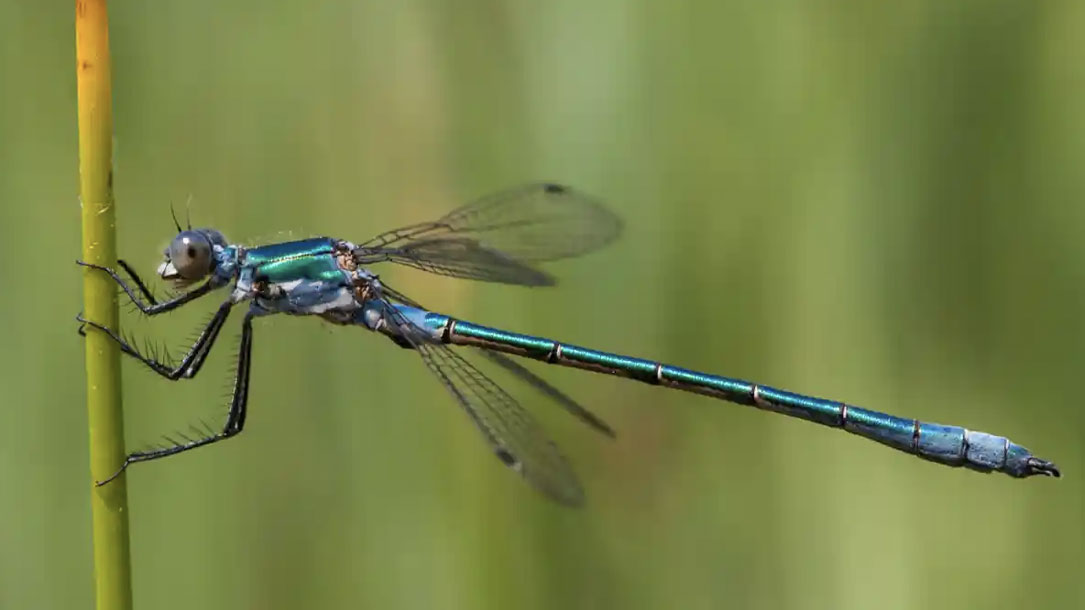
Insect populations suffering death by 1,000 cuts, say scientists
Insect populations are suffering “death by a thousand cuts”, with many falling at “frightening” rates that are “tearing apart the tapestry of life”, according to scientists behind a new volume of studies.
The insects face multiple, overlapping threats including the destruction of wild habitats for farming, urbanisation, pesticides and light pollution. Population collapses have been recorded in places where human activities dominate, such as in Germany, but there is little data from outside Europe and North America and in particular from wild, tropical regions where most insects live.

‘One of most disturbing articles I have ever read’ scientist says of study detailing climate-driven ‘bugpocalypse’
When a scientist who studies the essential role insects play in the health of the ecosystem calls a new study on the dramatic decline of bug populations around the world “one of the most disturbing articles” he’s ever read, it’s time for the world to pay attention.
The article in question is a report published Monday in the Proceedings of the National Academy of Sciences (PNAS) showing that in addition to annihilating hundreds of mammal species, the human-caused climate crisis has also sparked a global “bugpocalypse” that will only continue to accelerate in the absence of systemic action to curb planetary warming.
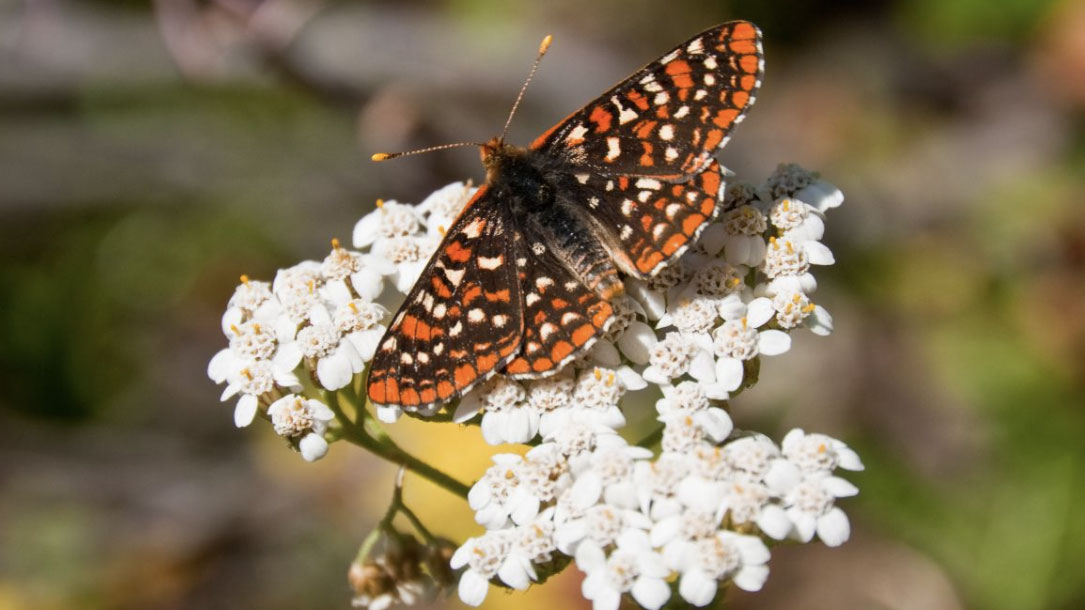
Fewer butterflies seen by community scientists across the warming and drying landscapes of the American West
Many recent studies have revealed sweeping declines in insects over the past few decades. Butterflies are no exception. This study used three different datasets, collected by both experts and community scientists, and found that the number of butterflies has declined over the past 40 years. Although the drivers of decline are complex, the authors found that climate change—in particular, warmer months in the autumn—explain a large portion, even as warming summers actually lead to increases. This work shows that climate change impacts may be insidious and unexpected in their effects…












